Stream Studies No. 3: The Bergère×Paris Windows
2 October 2025
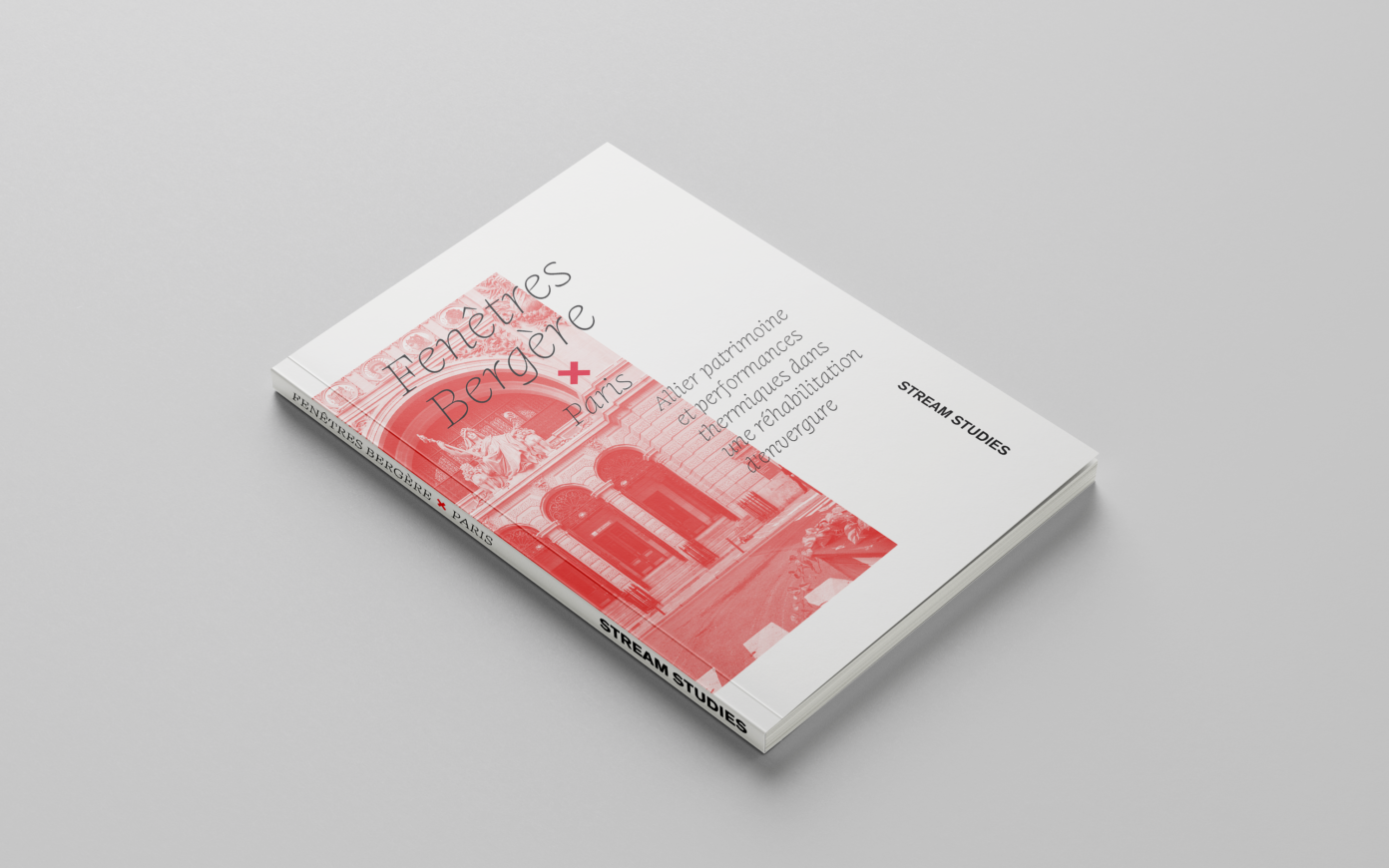
2 October 2025

2 October 2025
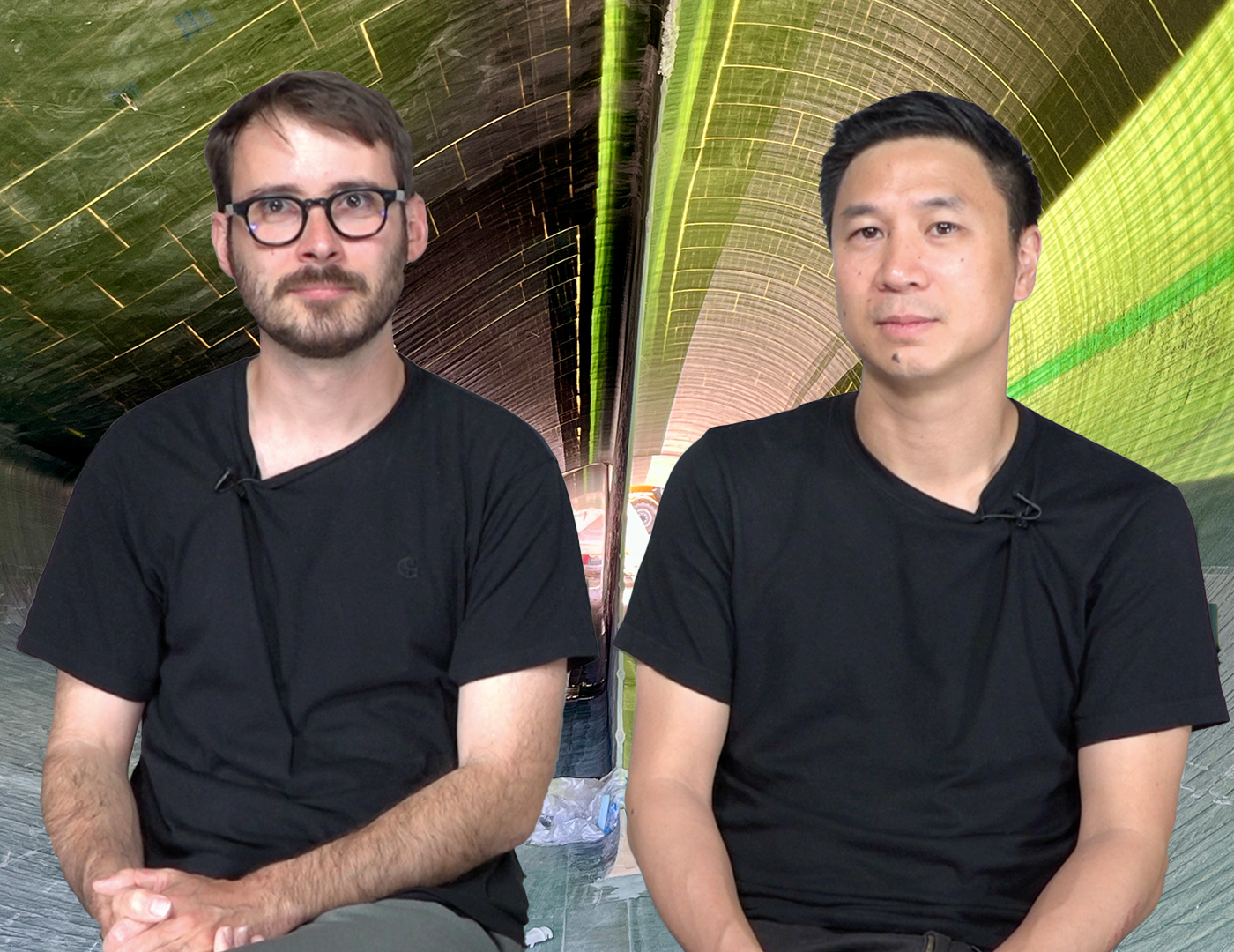
The growth in energy consumption and the obsolescence of our infrastructures suggest that by 2030, we’ll have a stock of 60,000 tonnes of end-of-life wind turbines per year. To absorb this material on an industrial scale, we need to invent new ways of producing, consuming and building. With this in mind, the La Paletière project aims to reuse turbine blades – composite materials with multiple properties – by turning them into roofing elements.
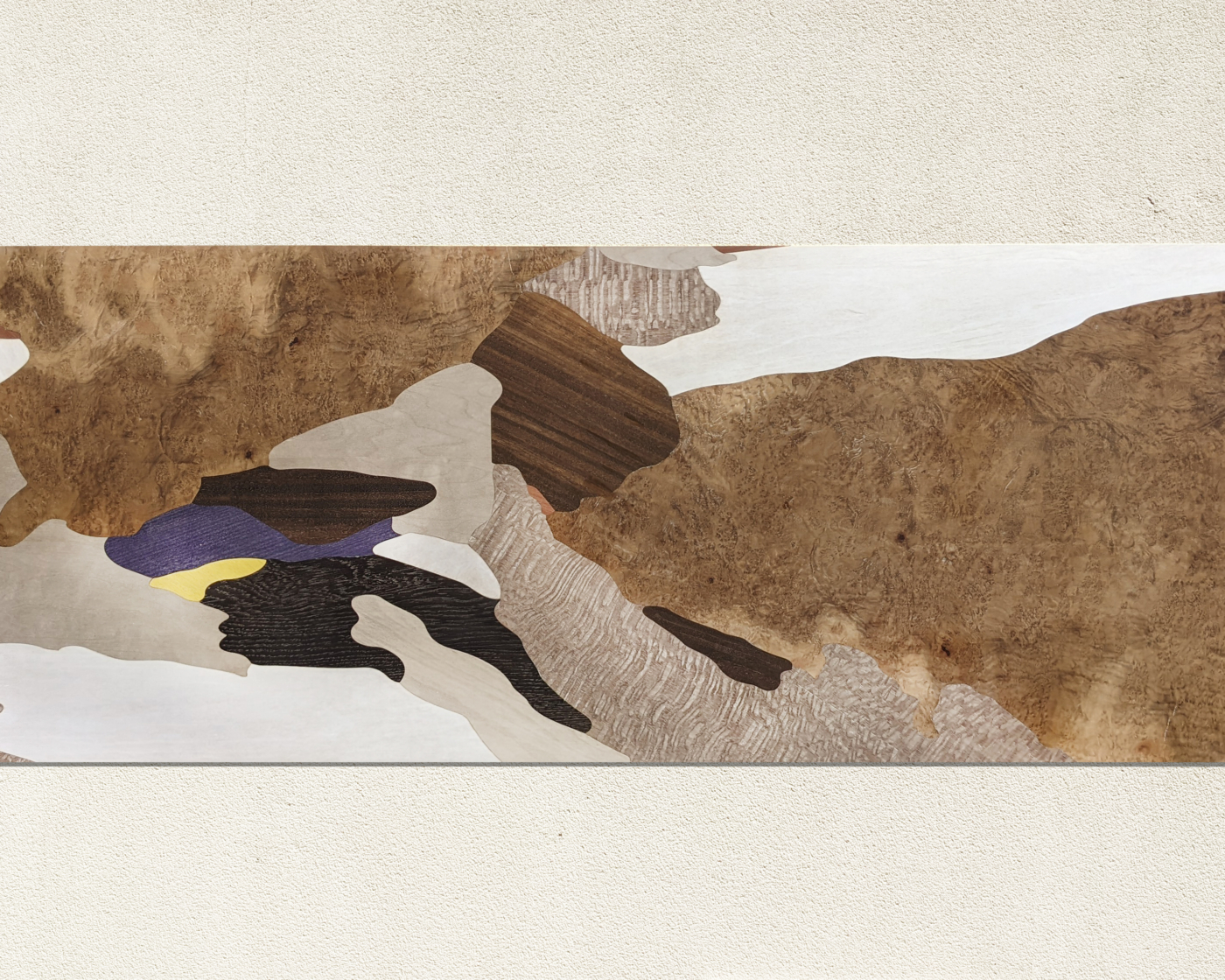
France has the 4th largest forest area in Europe, yet 40% of its timber is imported. At a time when Google’s London headquarters, designed in 2016 with a solid wood structure, has still not been delivered, and when the tallest wooden tower is due to be built in Tokyo in 2028, reaching a height of 100 metres, where does France stand in relation to wood? The RE2020, through the dynamic life cycle analysis, encourages the use of bio-sourced materials to promote the storage of biogenic carbon in buildings. The SNBC is explicitly banking on this sector to achieve its 2050 targets. However, the Paris Fire Brigade doctrine published in 2021 greatly complicates its use in architecture. How can these contradictions be overcome?
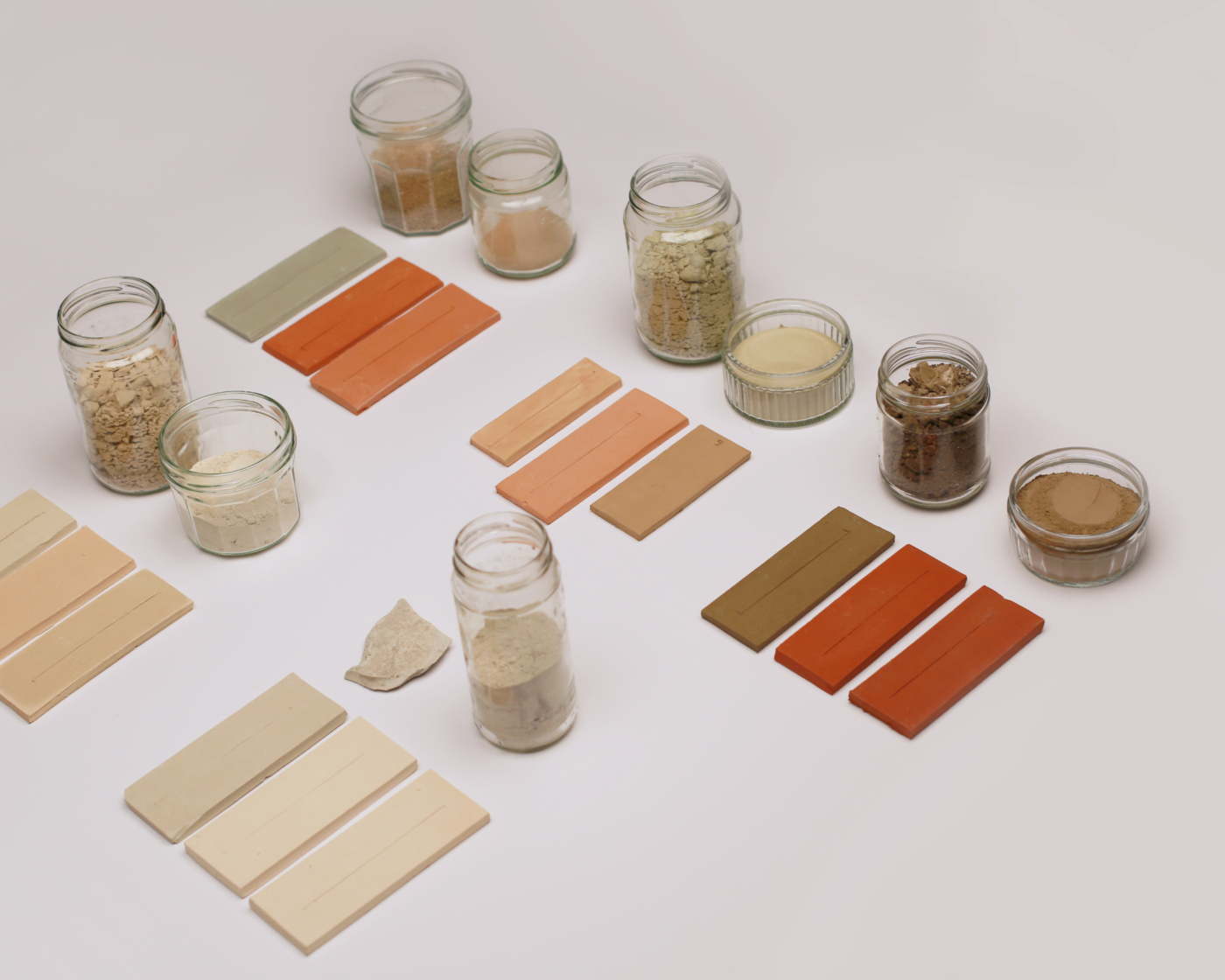
Although soil is used as a building material in many parts of the world, it has often been regarded as a waste product in France in recent decades, with little use being made of excavated soil. However, its thermal and hygrometric properties, its extremely low carbon footprint when used raw, its abundance and the natural variations in colour that it offers in every region make it a rich and inspiring material for today’s architects and designers. How can we adapt our building techniques to bring this material into line with contemporary requirements, and get rid of the vision of primitive housing that it still evokes for many people?
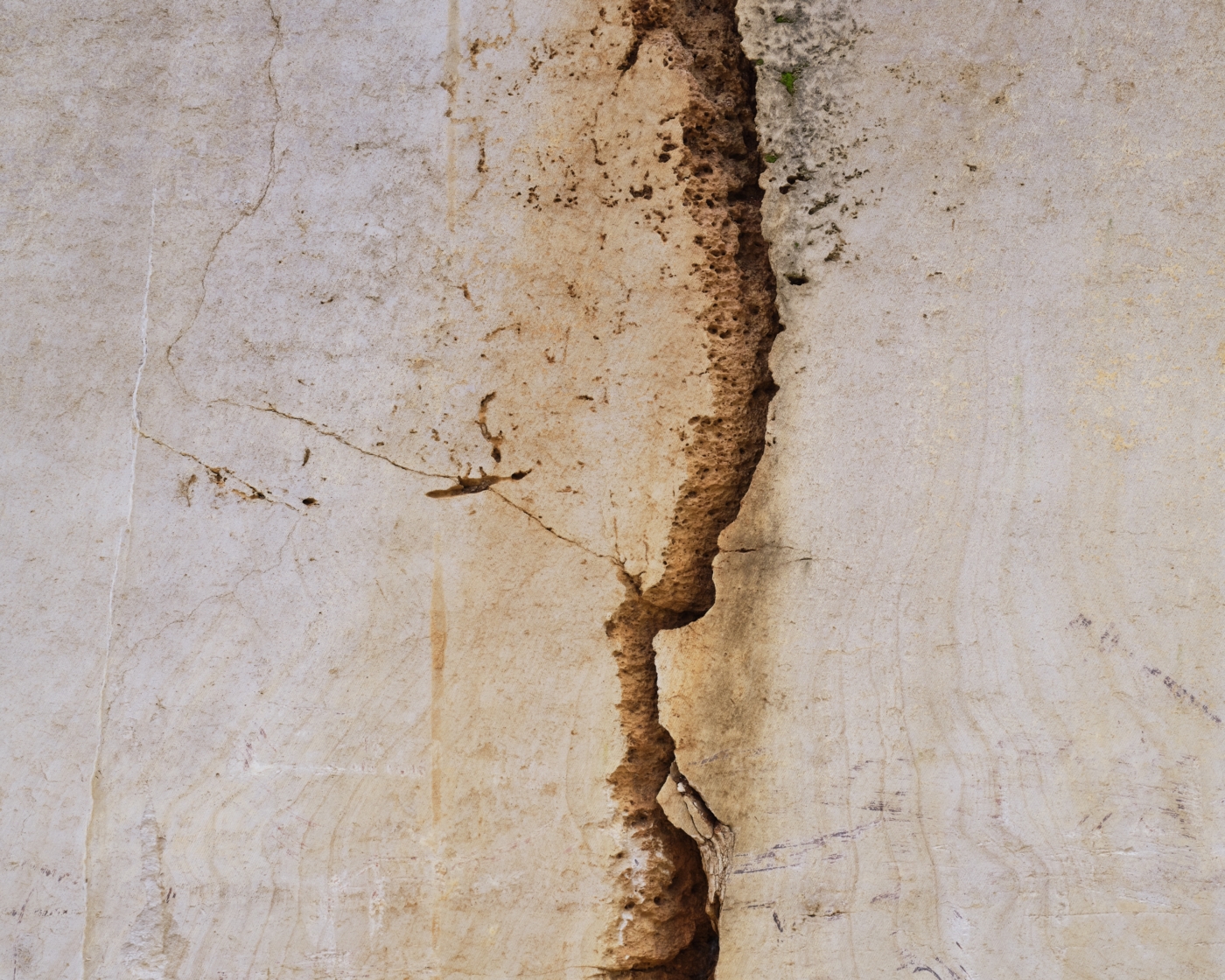
Discover the inaugural lecture of the “Alma Matter” series! In a world where the myth of abundance is collapsing, this series of lectures looks at what matter really has to offer. Actors, professions, economies, temporalities, geopolitics: how do contemporary issues of creation take shape through those of matter? Each talk focuses on a particular material, and brings together its stakeholders in a dialogue. The use of stone in construction declined during the twentieth century. Today, its return is acclaimed for its qualities: inertia, durability, low-emission processing, local presence… but what techniques and applications will be used in 2024? As part of the City Metabolism Chair supported by the Université Paris Sciences & Lettres.
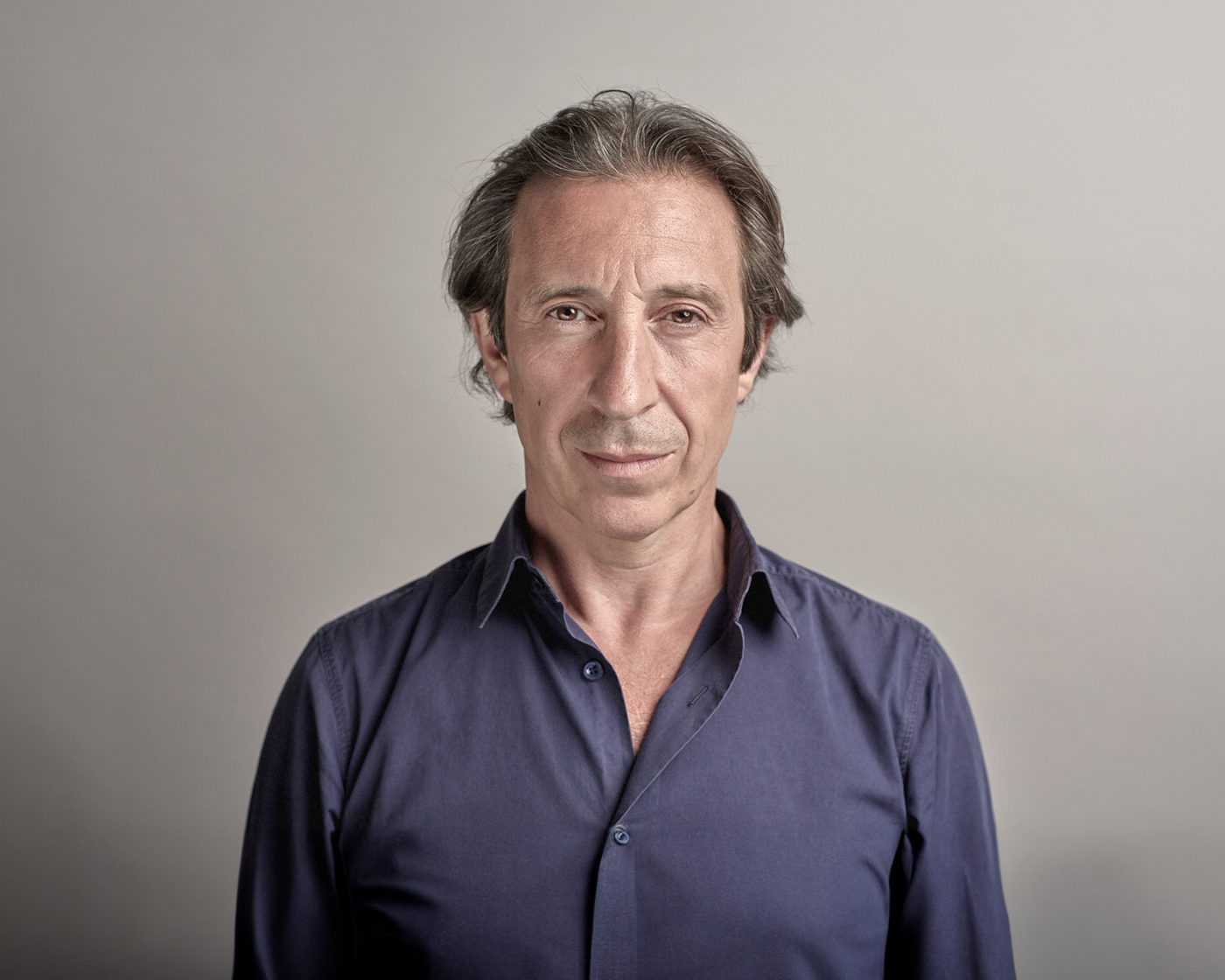
In France, the construction sector accounts for one third of the country’s CO2 emissions. Materials, which are partly responsible for this ratio, are extracted, transported, processed, poured or placed, dumped or incinerated… All these steps are opportunities to work on limiting impacts, involving architects, among other things, in deploying a new aesthetic.
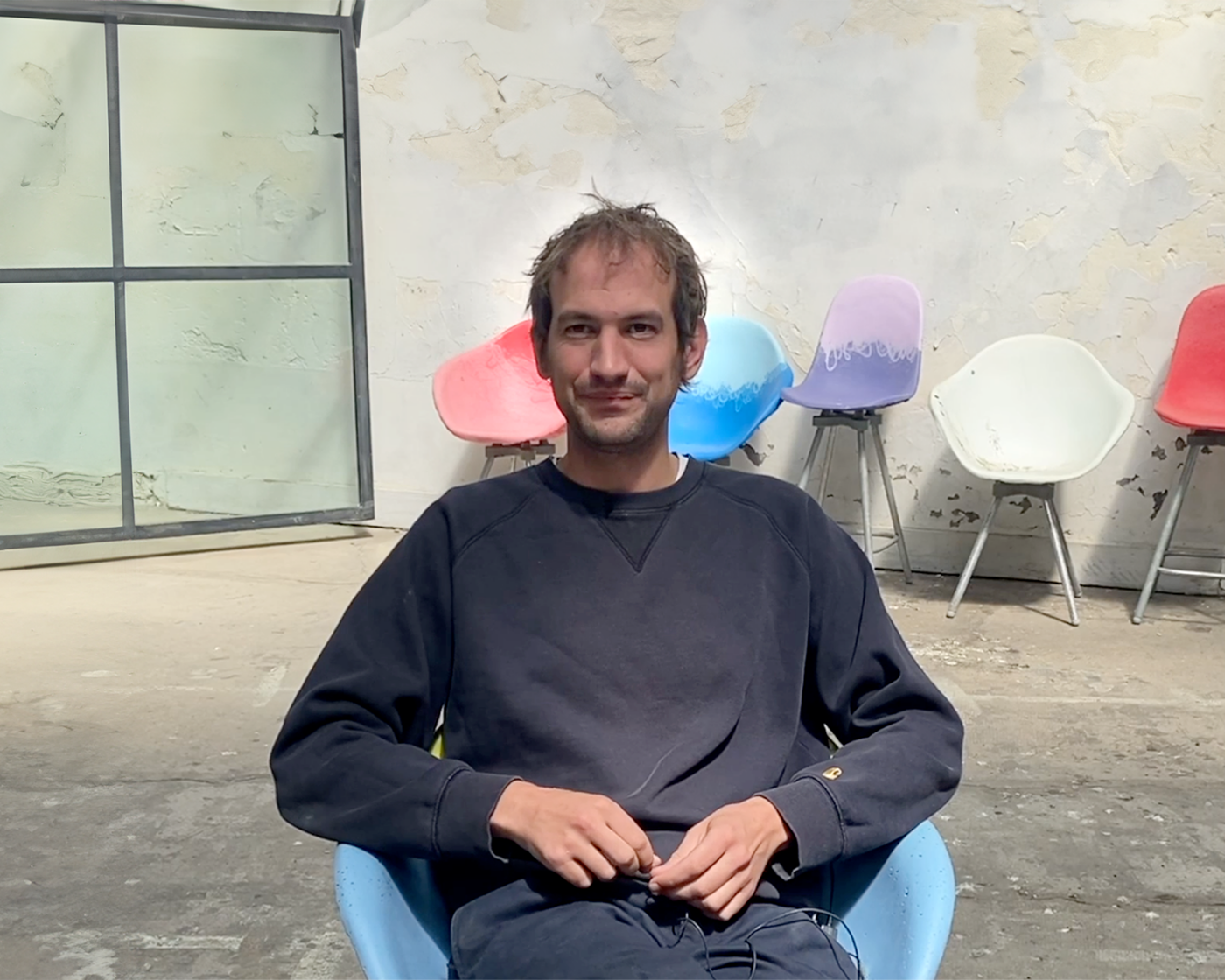
Maximum is a design studio that maximizes the value of waste; its material, its form and its engineering. Some materials are transformed in a semi-industrial process while others give birth to unique pieces, such as the glass walls of the Centre Pompidou caterpillar.
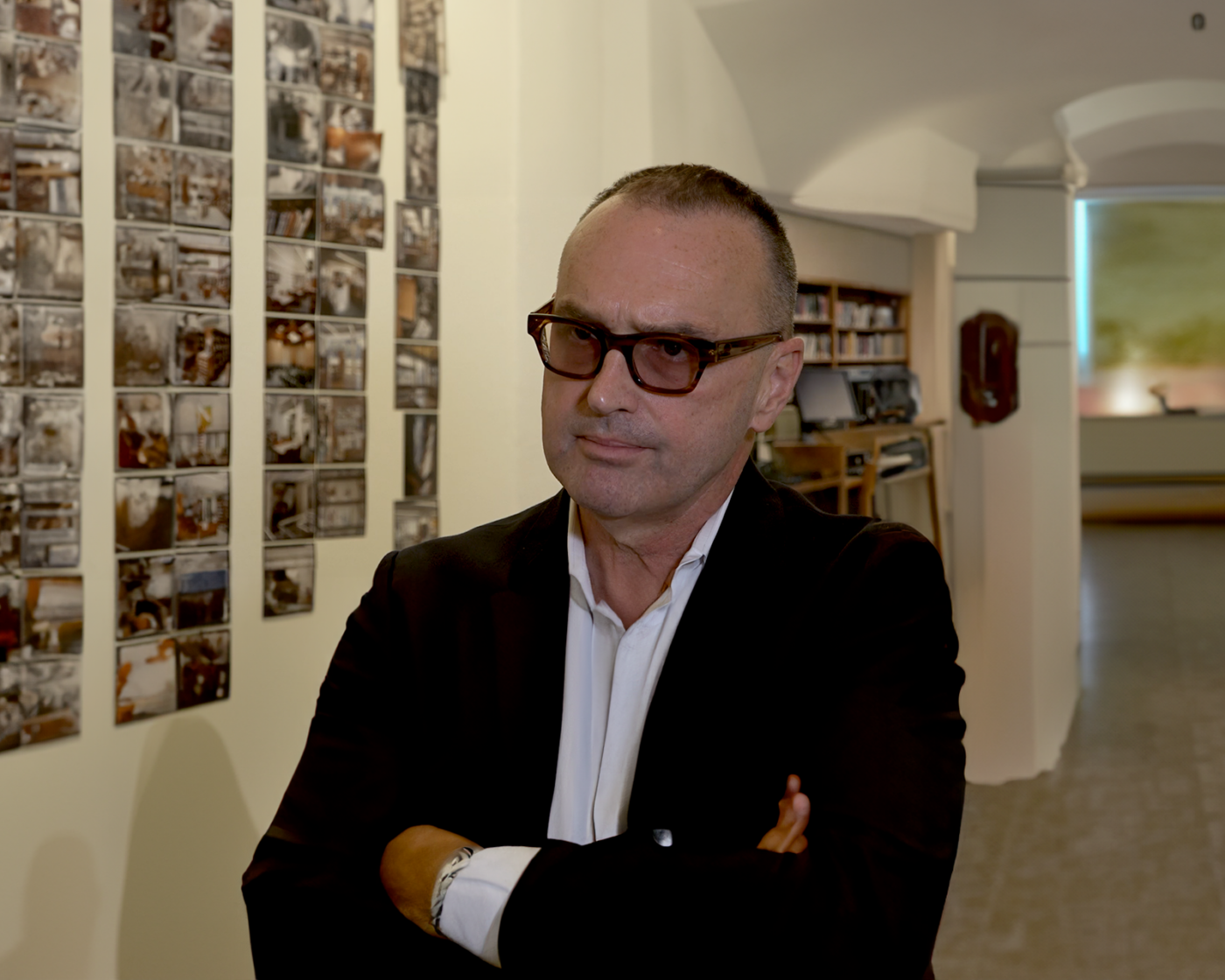
In this interview filmed at the AIA Architecture Centre in New York, Michael Speaks, Dean of the School of Architecture of Syracuse, talks about the Design Energy Futures program that focuses on low-carbon planning and products. It aims to analyse datas in order to conceive scenarios of plausible futures and thus offer a better planification for urban expansion.
 stream voices
stream voices
Eager to share more generously the results of its collaborations and research, PCA-STREAM publishes STREAM VOICES, its online magazine!